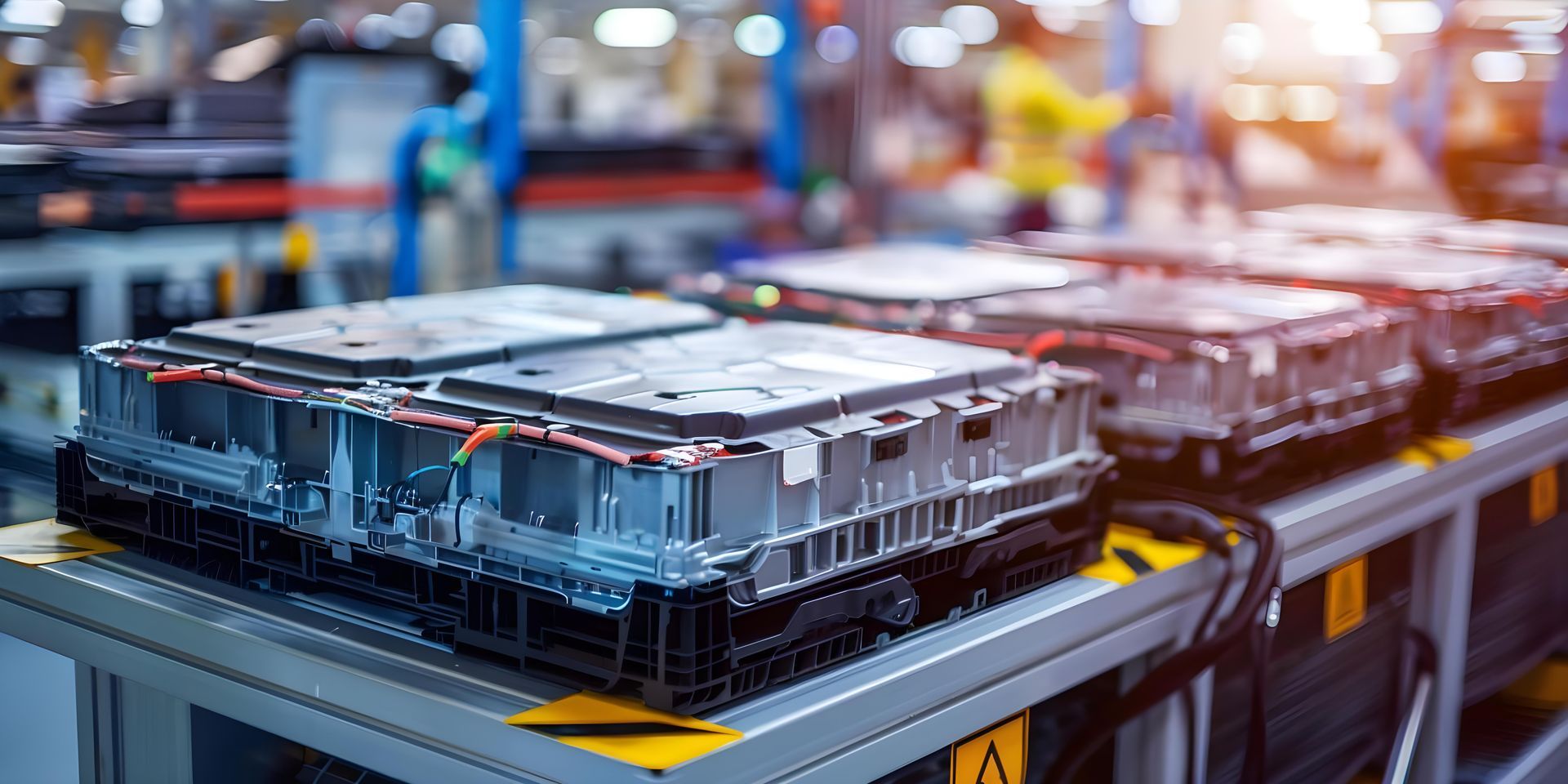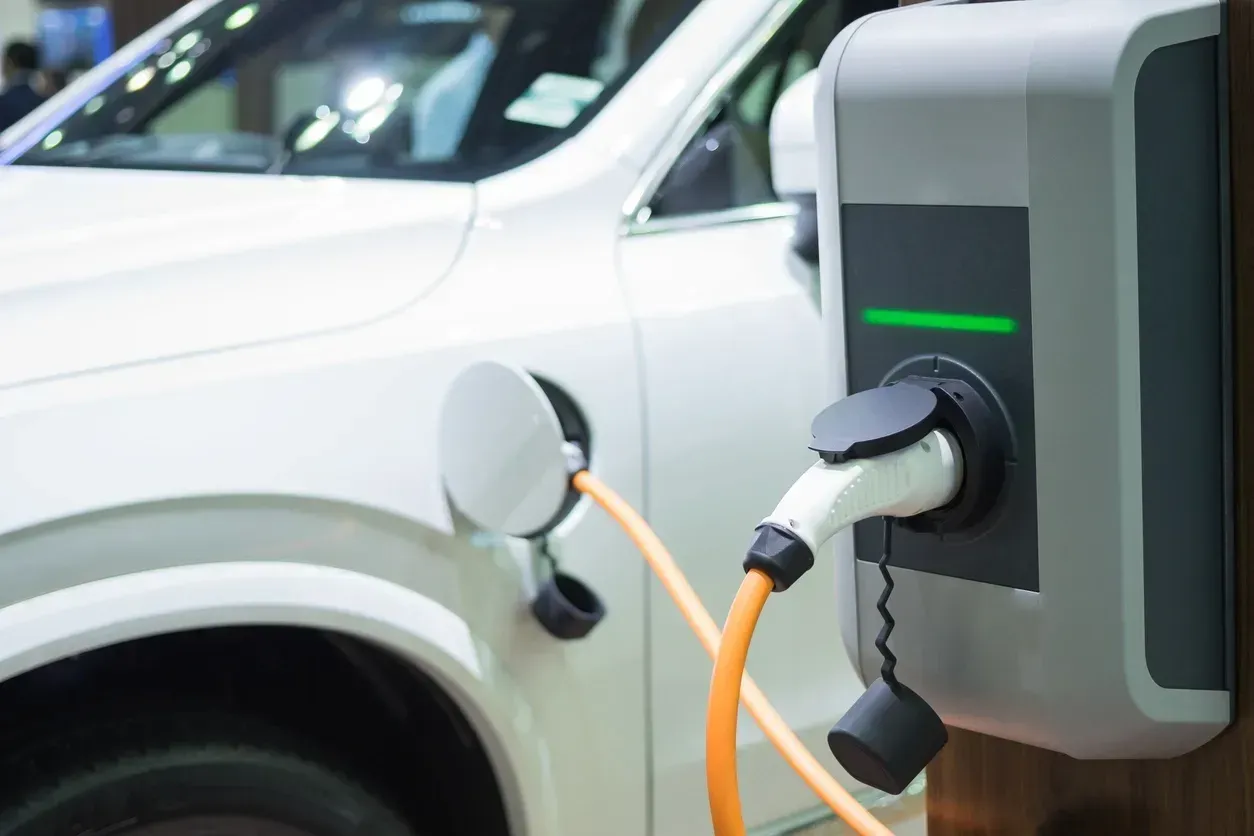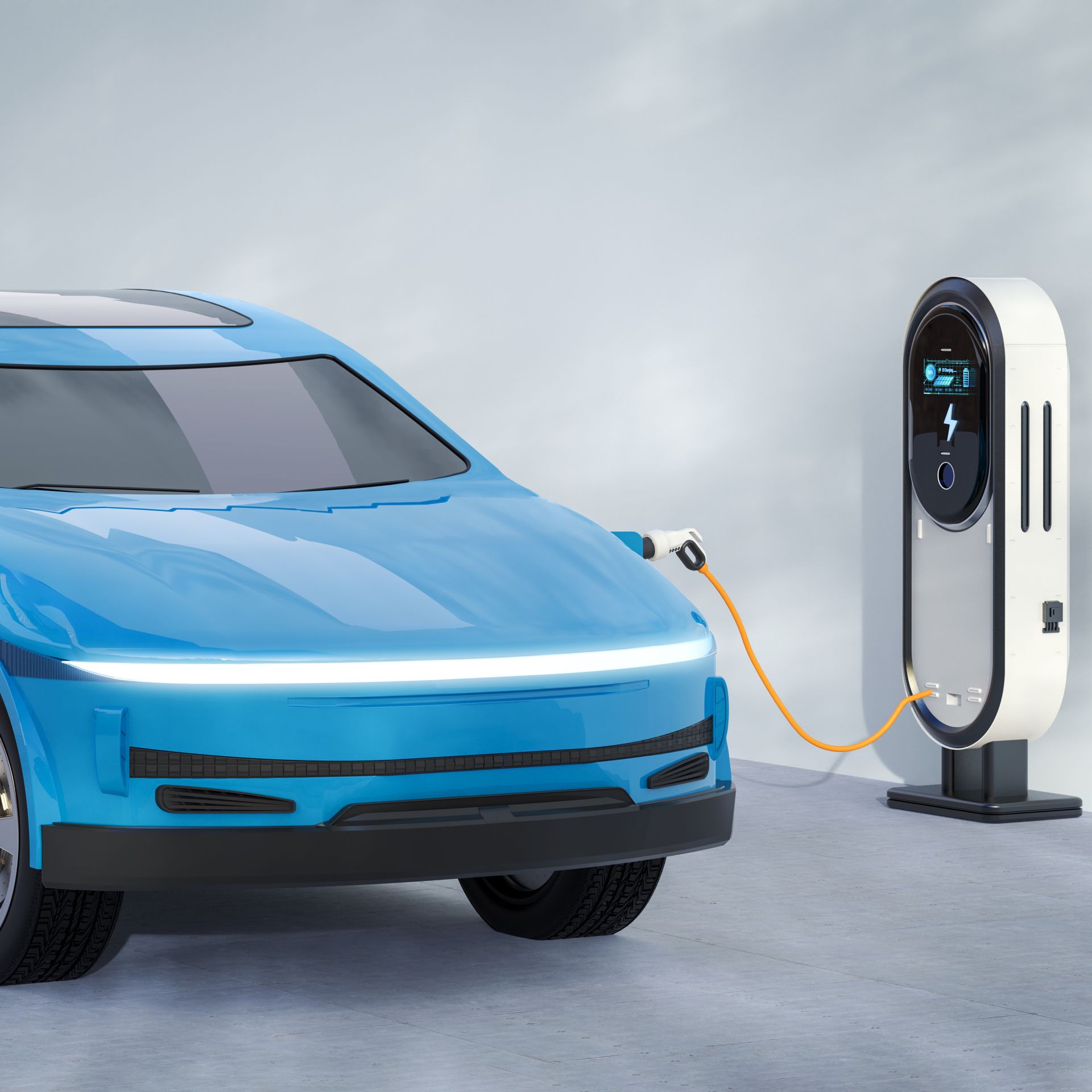By Ramesh Natarajan
•
June 2, 2023
Electric vehicles (EVs) are widely regarded as a potential solution, if not the ultimate solution, to address pollution issues, particularly in urban areas. While it is true that internal combustion engine (ICE) vehicles contribute to atmospheric pollution through tailpipe emissions, we must acknowledge that pollution is generated when vehicles are in motion, regardless of their power source. The act of braking and the resulting friction between rubber tires and the road, along with dust generated by vehicle movement, also contribute to pollution. It is important to recognize that EVs, when in operation on the road, can also contribute to this form of pollution. Electric vehicles rely on lithium-ion batteries, which are produced using various rare minerals. The mining process for these minerals involves significant energy and water consumption. Subsequently, batteries are manufactured in factories that also require substantial amounts of electricity. The batteries ultimately need to be charged prior to use. They need to be periodically recharged using electricity, depending on the extent of discharge. The electricity consumption shall depend on the extent of usage of the EV, for a certain range. It is important to note that all of these activities, including mining, manufacturing, and battery use by the end-user, require electricity. I read in an article, wherein, according to Dr. Matt Raiford, Manager in Consortium for Battery Innovation - Lead acid as a technology requires 3 times less energy per kWh to produce. It reportedly requires 450 kWh per 1 kWh lithium as against 150 kWh for 1 kWh lead. The generation of electricity at present, is primarily by the use of coal and gas. Fossil fuels also contribute to electricity generation. The other methods are nuclear power and to some extent, renewable energy sources – viz. wind & solar mostly. Processes such as coal and gas release carbon dioxide as they combust and their extraction from the ground impacts the environment. Natural gas releases methane into the atmosphere when extracted from the ground and this increases global greenhouse gases. When it comes to fossil fuels, the carbon dioxide emissions from fossil fuel-based electricity generation also accounts for a significant portion of greenhouse gas emissions. As regards nuclear power, while it is true that there is no release of carbon dioxide through electricity generation, the risks associated with nuclear waste and the safety concerns are matters that cannot be ignored. It is important to consider the various methods of electricity generation and their associated environmental implications, including greenhouse gas emissions, when evaluating the overall sustainability and impact of the energy sources we rely on. Now, if the additional electricity required and hence generated for making lithium-ion batteries to run EVs are going to pollute the environment and be the cause of the greenhouse emissions, release carbon dioxide, increase nuclear waste, cause safety concerns – can we say that EVs are the solution to our pollution problems? Are we then, barking up the wrong tree? If pollution is the problem, the simplest and sure shot solution is, planting more trees. Trees not only clean the air for us, they also supply us with fresh oxygen to breathe. They also reduce temperatures and help us fight climate change. They absorb air borne chemicals too. Gases such as nitrogen oxides, ammonia, sulphur dioxide settle on the leaves of trees. Trees filter these chemicals. Trees also absorb odours and help us. Trees are our best and proven defence against climate change. Deforestation must not be allowed at any cost and tree plantation must be encouraged at all costs to fight pollution. As we are all aware, air pollution and climate change affect our health with the increase in risk of strokes, lung cancer, heart disease and lowering of our immunity to fight disease. With the increase in air pollution, we experience acid rain that damages crop and trees and makes our soil and waterways acidic. This in turn harms crop yields, endangers marine life and pushes mankind into inflationary situations ultimately leading to poverty. Another solution to fight pollution is encourage power generation using renewable energy sources. Solar photovoltaic systems have been found to be easy to install in villas, apartments and housing colonies, even in cities. Wind power systems can also be installed wherever possible. Power generated using renewable energy sources are effective and do not harm the environment. In cases where the power needs to be stored, batteries may be used. In energy storage systems, the batteries are expected to last for many years generally. In the case of batteries for solar photovoltaic systems the lead acid batteries have been found to be robust, long lasting, safe and cost effective too. Most importantly they are recyclable too. When choosing a battery chemistry for electric vehicles (EVs), maintenance requirements and the ability to recharge quickly are important factors to consider. In the case of vehicles weight and size of the battery is also a criterion. Lithium-ion batteries meet these criteria effectively for EVs. But then, if pollution control and environment protection is the reason for promoting EVs, we need to consider the future impact of the scrap batteries on the environment. Recyclability is a matter of concern when we talk of Lithium-Ion batteries. The world is talking of circular economy and sustainable production and consumption model that generates nil or minimal waste. The batteries which can be recycled and reused need to be therefore preferred from the environment point of view. Further, when purchasing a high-value asset like a vehicle, which is not a frequent or routine purchase, it is essential to assess the cost and total cost of ownership (TCO). TCO typically takes into account the owning and operating costs. However, we often overlook the exit cost and other intangible indirect costs. In the past, people used to consider the resale value of a vehicle at the time of purchase, which is what I refer to as the exit cost. Although this trend has changed in recent years, it is now crucial to consider the exit cost when buying an EV. An EV is unlikely to have a reasonable resale price because the battery cost constitutes around 40% of the vehicle's overall cost. While lithium-ion batteries are guaranteed for 5 to 8 years, they may require attention within 4 to 6 years due to range-related issues. In fact, the battery pack may need cell balancing, with some cells needing replacement within the guaranteed 3 to 4 years of use. There are numerous approved recyclers for lead-acid batteries. Lead scrap is saleable and lead acid batteries fetch a scrap value. Unlike lead-acid batteries, lithium-ion batteries currently do not have any scrap value. Therefore, EV users need to consider the fact that scrap batteries hold no value at the moment. This is a case similar to mobile phone batteries, which are also lithium-ion, and currently have no significant resale value. I do hope that the government does not legislate at some point in the future that the disposal of lithium-ion batteries is akin to disposal of E waste or medical waste and needs to be paid for. That would be unjust and cruel to say the least. In case the automaker is somehow forced, to take back the scrap battery for disposal, it is needless to mention that, this cost shall be levied on the battery buyer – the EV user. If an electric vehicle (EV) requires battery replacement after 5 or 6 years, it will require a significant amount of money to purchase new batteries. In fact, the cost of a new battery pack could potentially equal the savings accumulated during the period of vehicle usage. The actual savings will depend on how much the vehicle is used. If the EV is used more frequently, it will generally result in greater savings for the user. To calculate the savings per year, one needs to consider the difference in cost between petrol per kilometre and electricity per kilometre, based on the annual distance covered. Additionally, the interest that could have been earned on the extra 30% to 40% cost paid for an EV compared to an equivalent internal combustion engine (ICE) vehicle should also be taken into account. Considering the need for battery replacement after a few years, the EV user shall need to allocate a portion of their monthly savings towards the cost of a new battery pack. In the case of ICE vehicles, users spend money on fuel based on their usage and maintain the overall vehicle. The maintenance cost of an ICE vehicle is slightly higher, yet EVs are still more expensive. We can consider a portion of the higher cost of purchasing an EV as the cost of maintaining an ICE vehicle. Therefore, EVs tend to be more cost-effective for fleets or personal vehicles that are used more frequently. However, limited range remains an issue, and fleets shall have to be primarily used within the city or for inter-city rides within a restricted range. The premium for insurance of an electric vehicle is also higher than an internal combustion engine (ICE) vehicle. This higher cost due to an increased insurance premium, is an additional indirect expense for EV owners. The elevated base cost of an EV directly causes the higher insurance premiums. Furthermore, insurers are reportedly cautious about providing coverage for EVs due to safety concerns, primarily related to the potential for lithium-ion batteries to experience thermal runaway, resulting in vehicle fires and, in some cases, explosions. These incidents often trace back to battery-related issues. The damage caused to EV batteries or the risk of damage, due to an accident, necessitates the replacement of the entire battery pack, unlike with ICE vehicles where such replacements are not typically required. Repairing or assessing damaged EV batteries can be challenging, leading insurance companies to write off cars with minimal mileage. Insurers have realized that even minor damage to the battery pack can result in the need to replace the entire pack, which is a significantly expensive undertaking, accounting for close to 50% of the total vehicle cost. This approach raises concerns about the sustainability of EVs if battery packs must be discarded after minor collisions. Reports suggest that low-mileage, zero-emission cars are being written off due to minor damages. Overall, the higher cost of EVs compared to ICE vehicles contributes to increased insurance premiums, and the unique considerations surrounding battery-related incidents add further complexity for insurers and EV owners alike. I have concerns about a future scenario where insurance companies raise premiums for all vehicles, including those with internal combustion engines (ICE), in order to cover costs related to EV fires and EV replacements. Currently, insurance companies are experiencing a high number of claims from EV users. If government authorities, in their efforts to promote EVs, restrain insurance companies from charging higher premiums for electric vehicles, the additional costs may be shifted onto non-EV users. This could result in an unfair and indirect burden on those who do not use EVs. When considering the total cost of ownership (TCO), there's an important aspect that can't be measured in tangible terms: the risk and safety of the vehicle's user and passengers. Established car manufacturers prioritize safety by using high-quality batteries and efficient Battery Management Systems (BMS). However, the two-wheeler EV segment has fallen short in this regard. Some two-wheeler manufacturers may have rushed to launch their products without thorough testing. This doesn't mean that four-wheelers are completely issue-free and safe. In the unfortunate event of an accident-causing battery damage and a short circuit, the risk of fire is a concern. The risk is higher for vehicles with larger and heavier batteries. In fact, EVs tend to be heavier, and if they collide with cyclists or pedestrians, the potential for injury is greater compared to traditional vehicles. This is an additional drawback of EVs. It is a myth that EVs save money. In the short term it seems to be saving money. In effect it does not do so. It only postpones the misery and when the battery needs to be replaced, the savings seem like a dream gone sour. The governments in various states in India and some countries are offering some or all of the following incentives to EV buyers: - Subsidies - Tax rebates - Interest free loans on EMI basis - Toll free travel on highways - Registration tax waiver or discounts In addition to the above - an improper understanding of economics of an EV usage - the encouragement of EVs by legislators and regulators - the perception that the environment needs EVs and phasing out of ICE vehicles to reduce pollution - the propaganda that crude imports are increasing foreign exchange outgo ensure increase of the EV population. The perception that forex outgo shall reduce, once crude imports reduce, may not be true, if lithium-ion battery imports continue. For this reason alone, the reason that India is spending a lot of foreign exchange on crude imports and the introduction of EVs shall save money, is not tenable. The efforts to develop these batteries in India, may come a non-cropper, unless we set up large manufacturing factories and are able to get the raw materials in India. As of now, Lithium-Ion batteries or the major components for assembly of cells for these batteries still need to be imported. China has set up large factories for making these cells and has mines for the rare minerals required for making these batteries, all over the world. Hence the possibility in the near future, of India becoming self-reliant and making batteries for EVs completely from scratch is remote. As I mentioned earlier, the demand for electricity shall increase, as the number of EVs on the road increase. Providing incentives to EVs and increasing the demand for electricity thereby driving up electricity cost for all does not seem to be a good idea. The non-EV users may also have to bear the brunt of higher cost of electricity unnecessarily. This shall be tantamount to subsidising electricity cost, in addition to subsidy and other benefits, the government will be providing, to EV owners, using tax payer money. The success of EVs, that is being encouraged, and advocated, as a solution to control pollution, depends on - successful generation of sufficient electricity required, for recharging the batteries, using renewable sources - mining of rare minerals with proper environmental controls and by saving on electricity use - safety of batteries used to run the EVs - lower cost of batteries - availability of power to recharge the batteries economically The following points need to be mulled upon: - subsidies create inequalities in a fair system, - revenue to the government from fuel shall reduce, - meeting the increasing energy requirements is difficult, - pollution does not reduce in the overall scheme of things, - foreign exchange outflow remains constant even if crude imports stop or reduce Reportedly a lot of countries have stopped subsidies for electric vehicles. Let us hope that we do not have a resource scarcity as far as electricity is concerned. The infrastructure being developed in the form of charging stations is something which has to be done to help increase the population of EVs. But it needs to be understood that financial investment to upgrade the grid and bring electricity to the chargers is not easy. Use of renewable energy to generate electricity for charging stations may be an idea worth considering. I therefore feel, that encouraging growth of renewable energy by concentrating on setting up of solar energy projects, will reduce pollution in the energy generation sector. Incentivising use of solar energy in homes, clinics, malls, hospitals, government offices and airports are a good initiative which may be explored with a view to reduce pollution. Trees must be planted and nurtured to effectively fight pollution. Care must be taken to preserve the environment at all costs. To get in touch with me please click on the link below: https://linktr.ee/rameshnatarajan










